THE IMPLEMENTATION OF HACCP SYSTEM IN THE FISH PROCESSING INDUSTRY
By. Najih - 23 Feb 2024.jpg)
The Hazard Analysis and Critical Control Points (HACCP) system is a preventive approach to ensure the safety of food products by identifying, evaluating, and controlling potential hazards in the production process. Application of HACCP in Fish Processing :
a. Hazard Analysis: The first step involves identifying potential hazards, such as biological, chemical, and physical contaminants, that may pose a threat to the safety of fish products. Common hazards in fish processing include microbial contamination, presence of allergens, and inadequate temperature control.
b. Critical Control Points (CCPs): Once hazards are identified, critical control points are determined – points in the production process where control measures can be applied to prevent, eliminate, or reduce the identified hazards to an acceptable level. Examples in fish processing include proper cooking temperatures, sanitation practices, and allergen control.
c. Establishing Critical Limits: Critical limits are defined for each CCP, specifying the acceptable range to ensure hazard control. In fish processing, this may include temperature requirements, time limits for processing stages, and sanitation criteria.
d. Monitoring CCPs: Regular monitoring of critical control points is essential to ensure that the production process remains within established critical limits. Monitoring may involve temperature checks, microbial testing, and visual inspections.
e. Corrective Actions: Protocols are established to address deviations from critical limits. In the fish processing industry, corrective actions may involve adjusting processing parameters, reprocessing products, or implementing sanitation measures.
The implementation of the HACCP system in the fish processing industry offers numerous benefits, including improved product safety, enhanced quality control, and compliance with regulatory requirements. However, challenges such as resource constraints, the need for continuous training, and adapting to changing processing conditions may arise.
The HACCP system is a vital tool for ensuring the safety and quality of fish products in the processing industry. Its systematic approach helps identify and control potential hazards, providing consumers with confidence in the safety of the products they consume. Continued commitment to HACCP principles and ongoing monitoring and improvement are essential to maintaining the integrity of the system in the dynamic environment of fish processing.
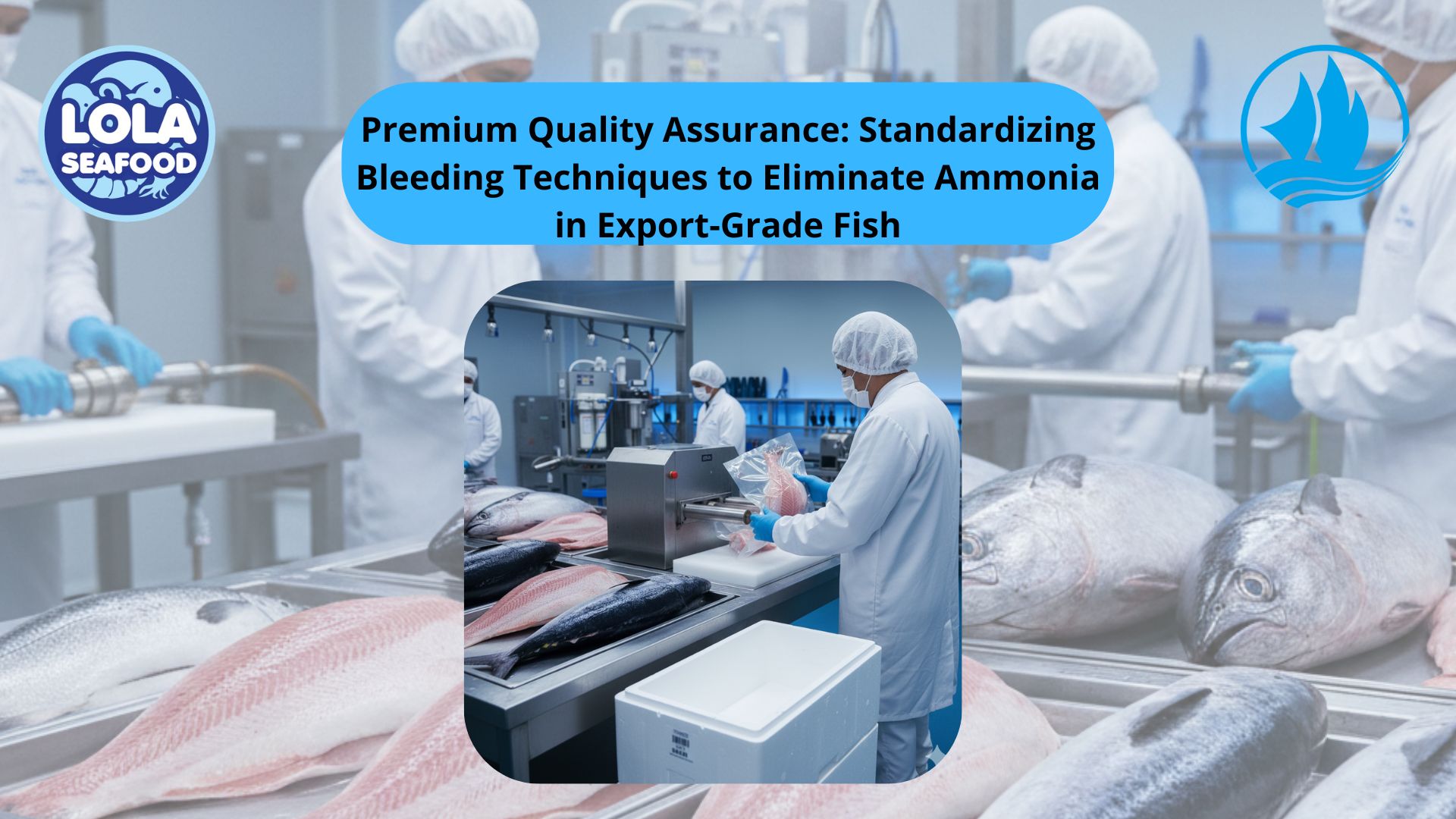
Premium Quality Assurance: Standardizing Bleeding Techniques to Eliminate Ammonia in Export-Grade Fish
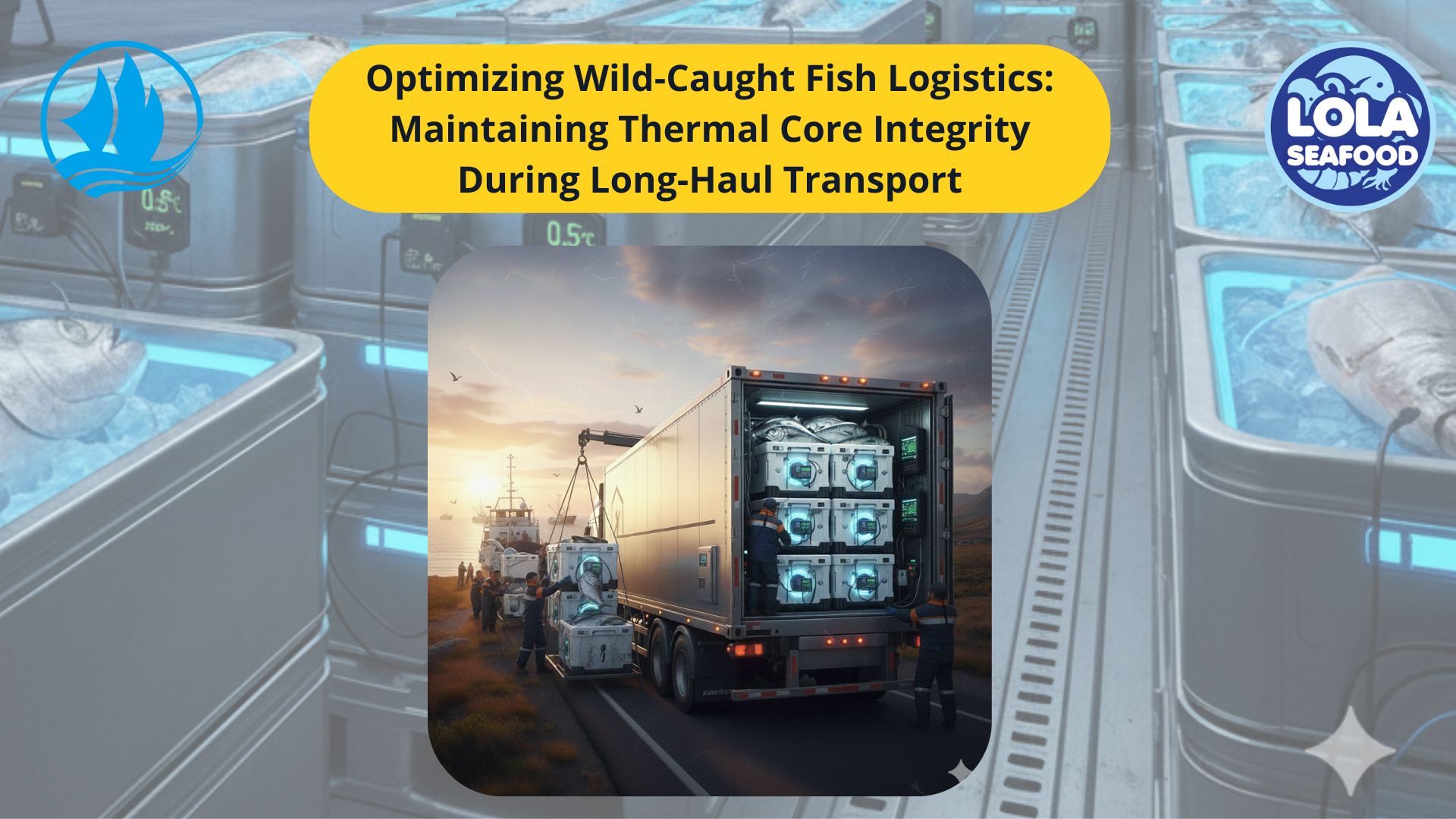
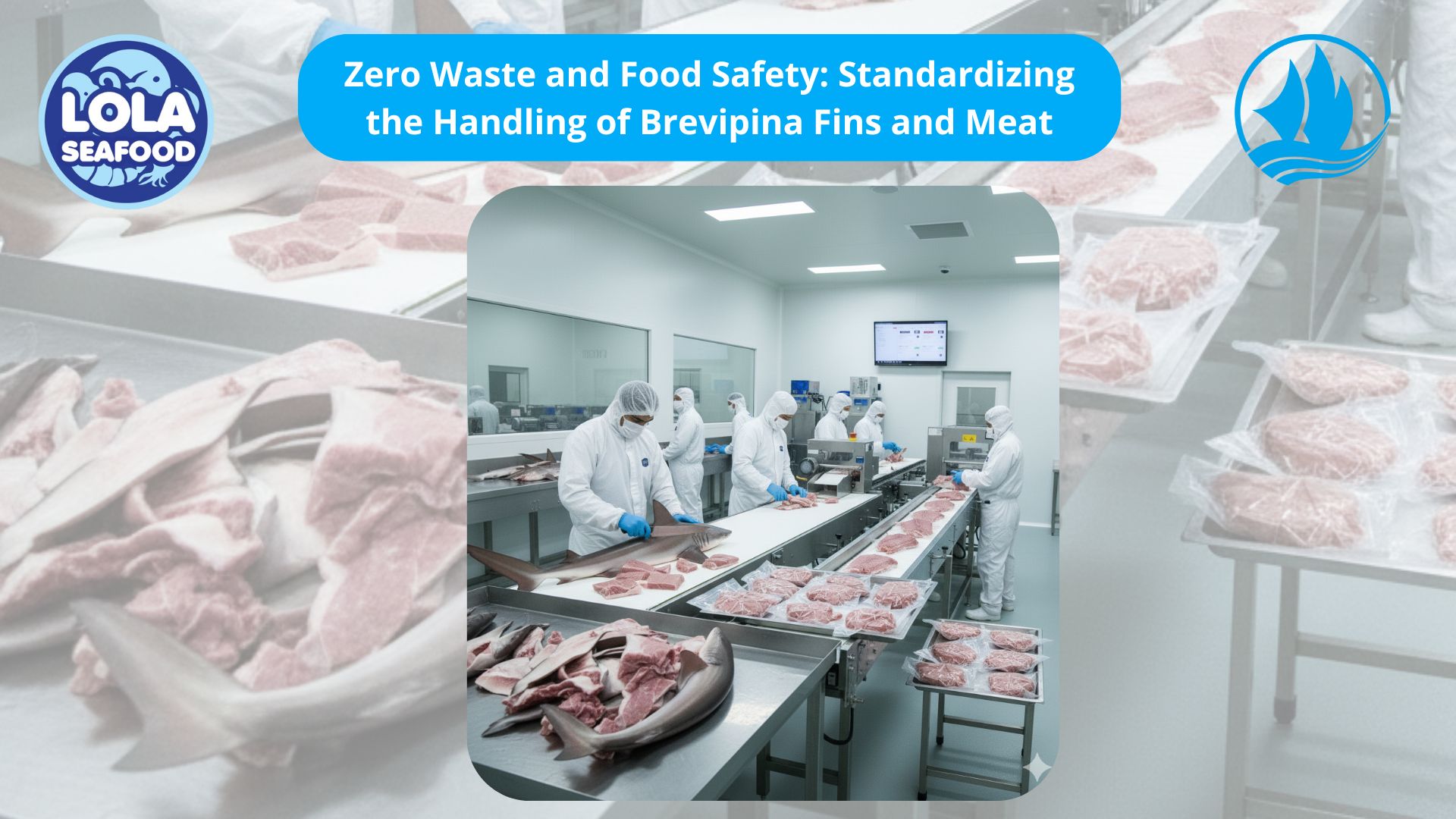
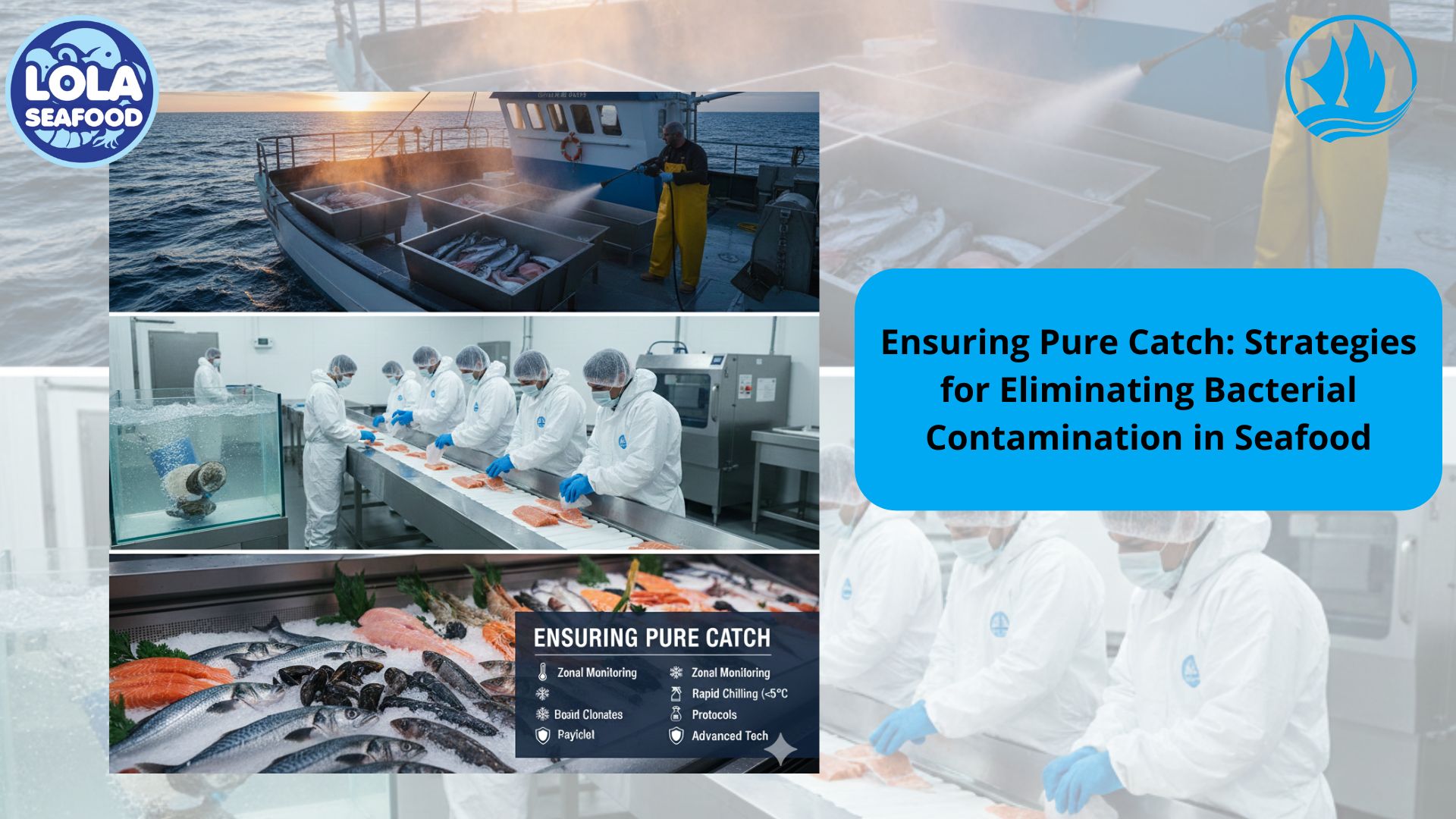
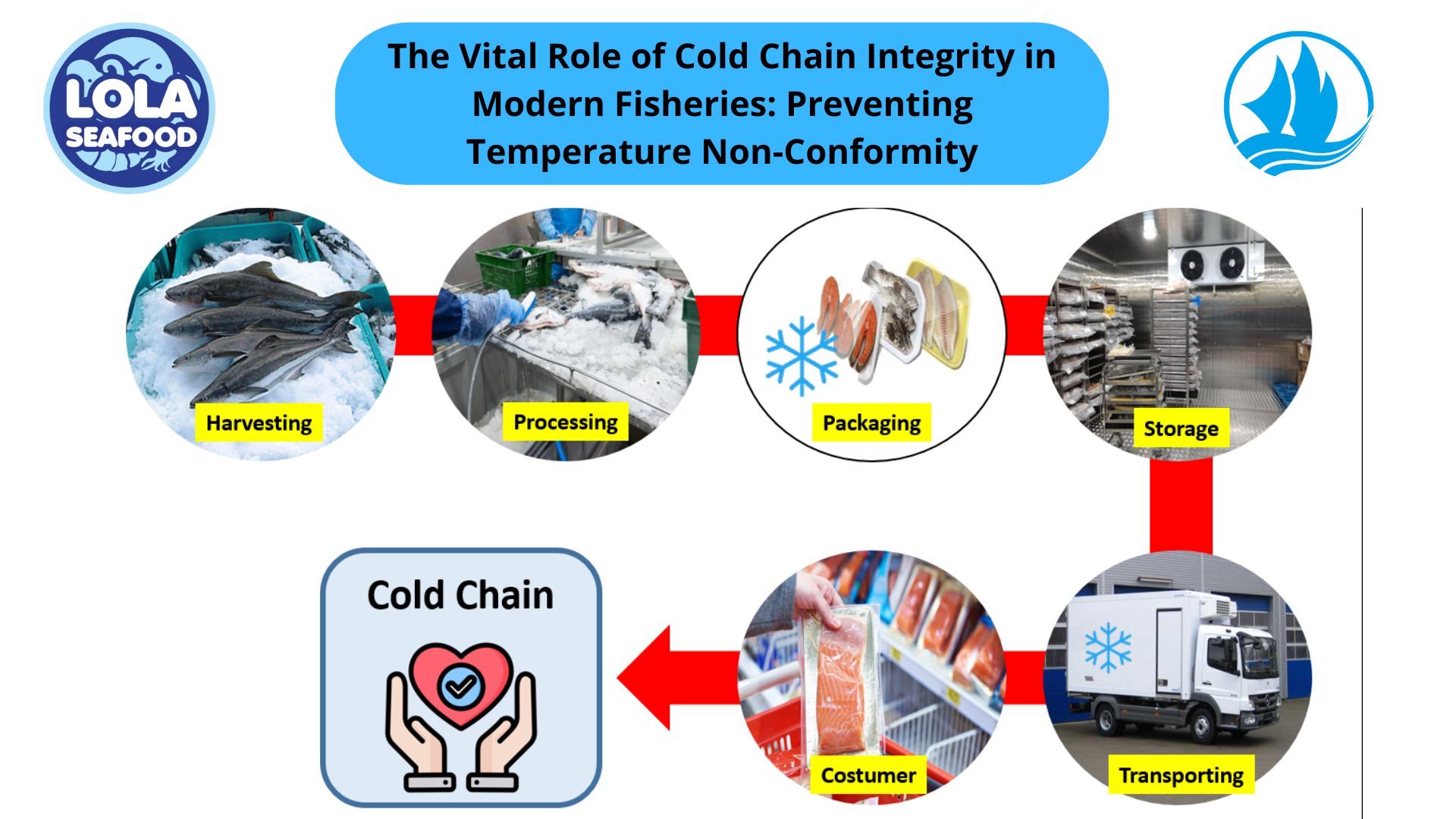
.jpg)

.jpg)
 and Employee Productivity on the Demersal Fish Processing Floor.jpg)